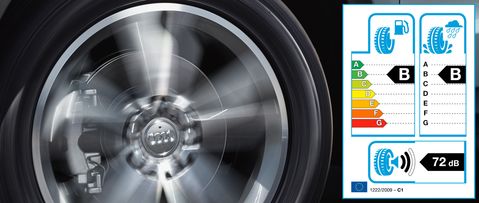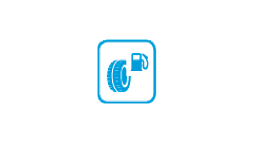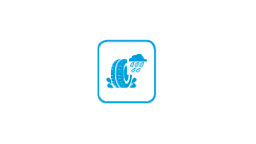
Information regarding the EU regulation on labelling of tyres
From 1 November 2012, all tires for passenger cars, SUVs, light trucks and trucks produced in the EU, which are to be produced from 30 June 2012, must be marked according to a uniform system.
The aim of this tire label is to increase both the safety and the economic as well as ecological efficiency of individual mobility and transport. The new EU tire label provides a standard for three important quality criteria of a tire: rolling resistance, noise emission and wet adhesion.

Fuel efficiency
The fuel pump symbol represents the fuel efficiency class, which is determined by the rolling resistance coefficient. By reducing the rolling resistance, fuel and thus CO₂ are saved. The rating is given in classes A (green) to G (red).

External rolling noise
The loudspeaker symbol stands for the noise emission (the external rolling noise) of the tires. And this affects the overall loudness of the vehicle and thus affects not only the driving comfort, but also the noise pollution for the environment. The more black bars the symbol shows, the louder the tire.

Wet adhesion properties
The rain cloud symbol stands for the wet-grip properties of the tires and is important for safety during driving. Here, the power is divided into classes A to G, where D and G are not occupied.
Further information
Below you will find an overview of all current Audi genuine complete wheels as well as Audi new car tires with the corresponding information according to the EU directive.